With 232 pages and an expanded 12″ by 12″ format, our biggest print issue yet celebrates the people, places, music, and art of our hometown, including cover features on David Lynch, Nipsey Hussle, Syd, and Phoebe Bridgers’ Saddest Factory Records, plus Brian Wilson, Cuco, Ty Segall, Lord Huron, Remi Wolf, The Doors, the art of RISK, Taz, Estevan Oriol, Kii Arens, and Edward Colver, and so much more.
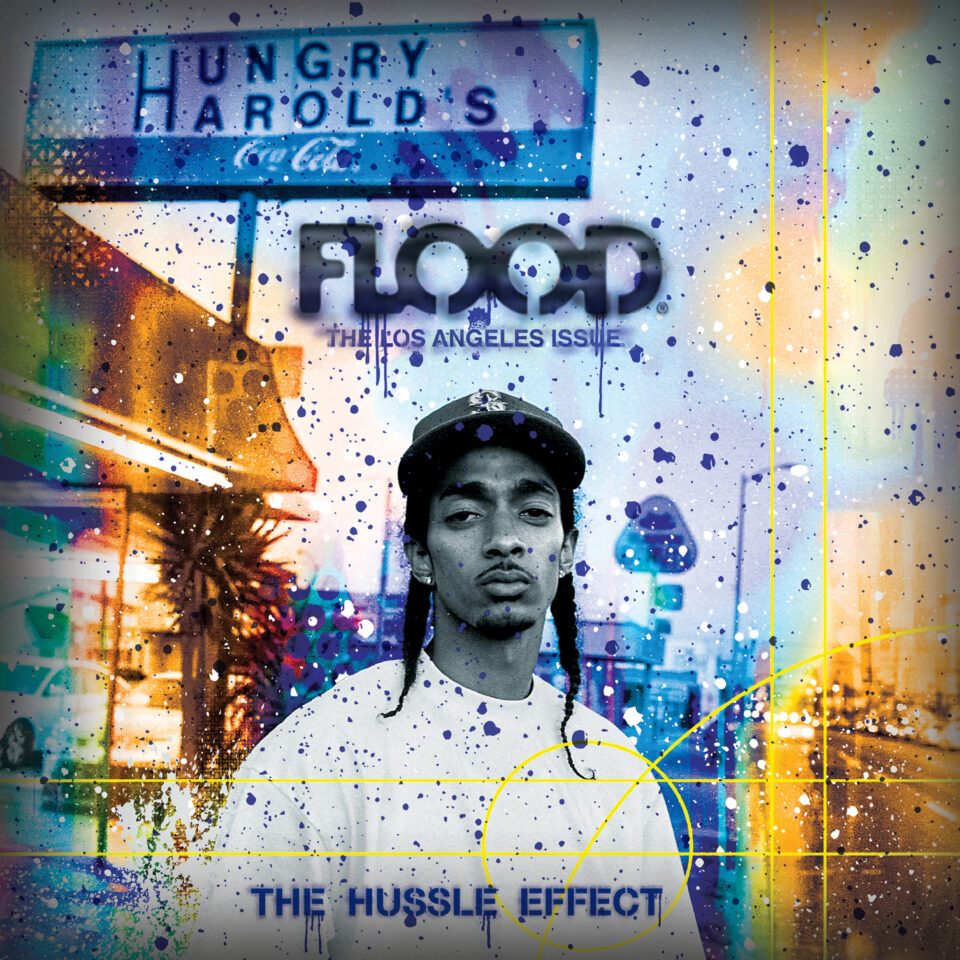
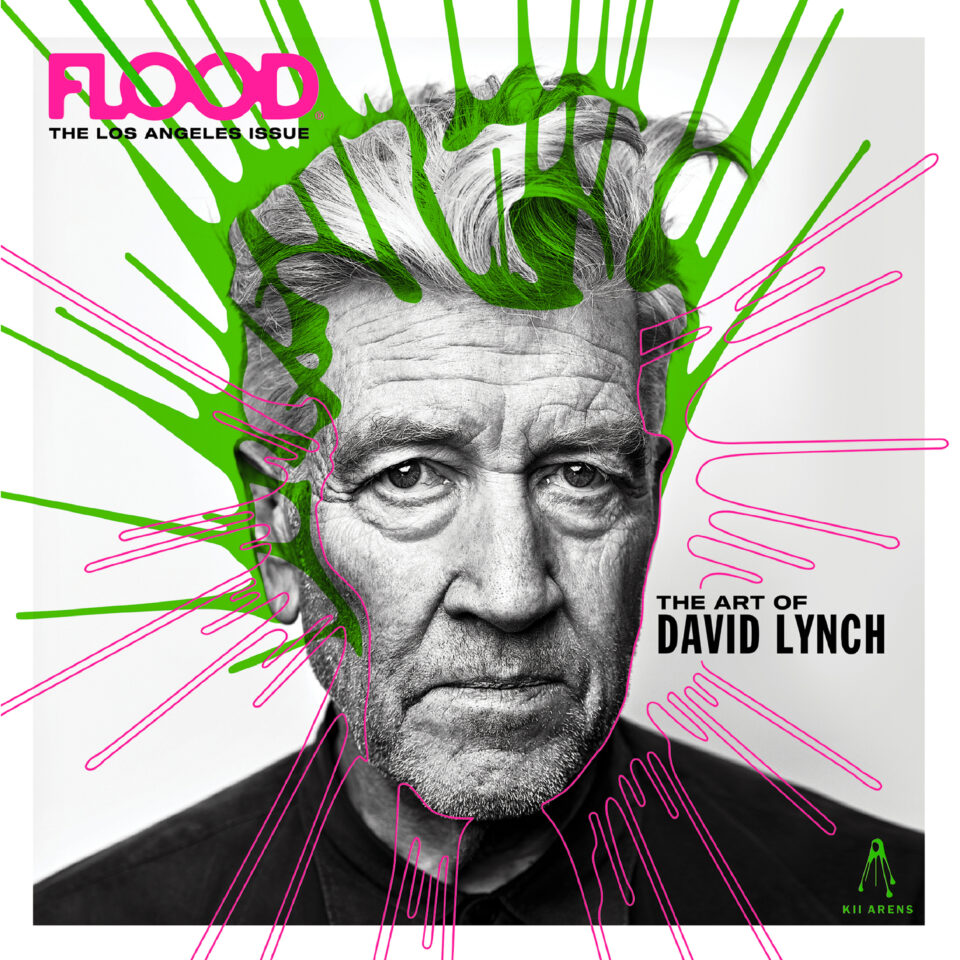
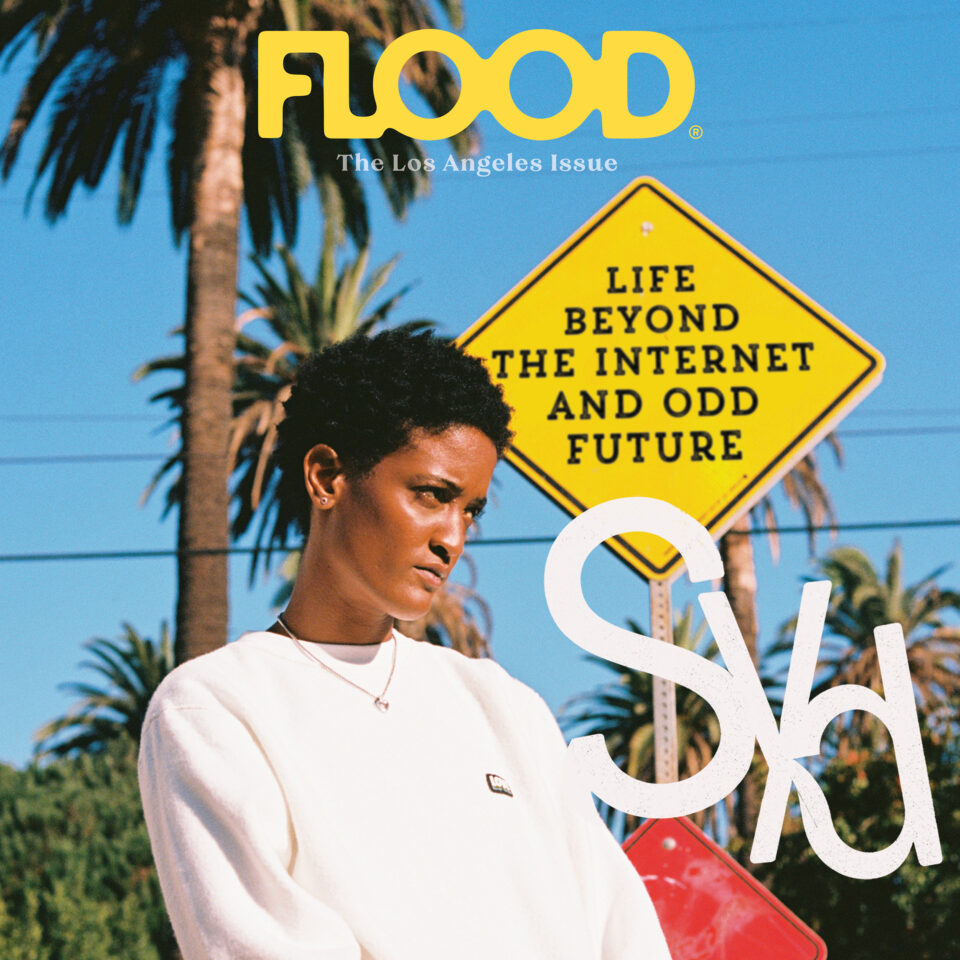
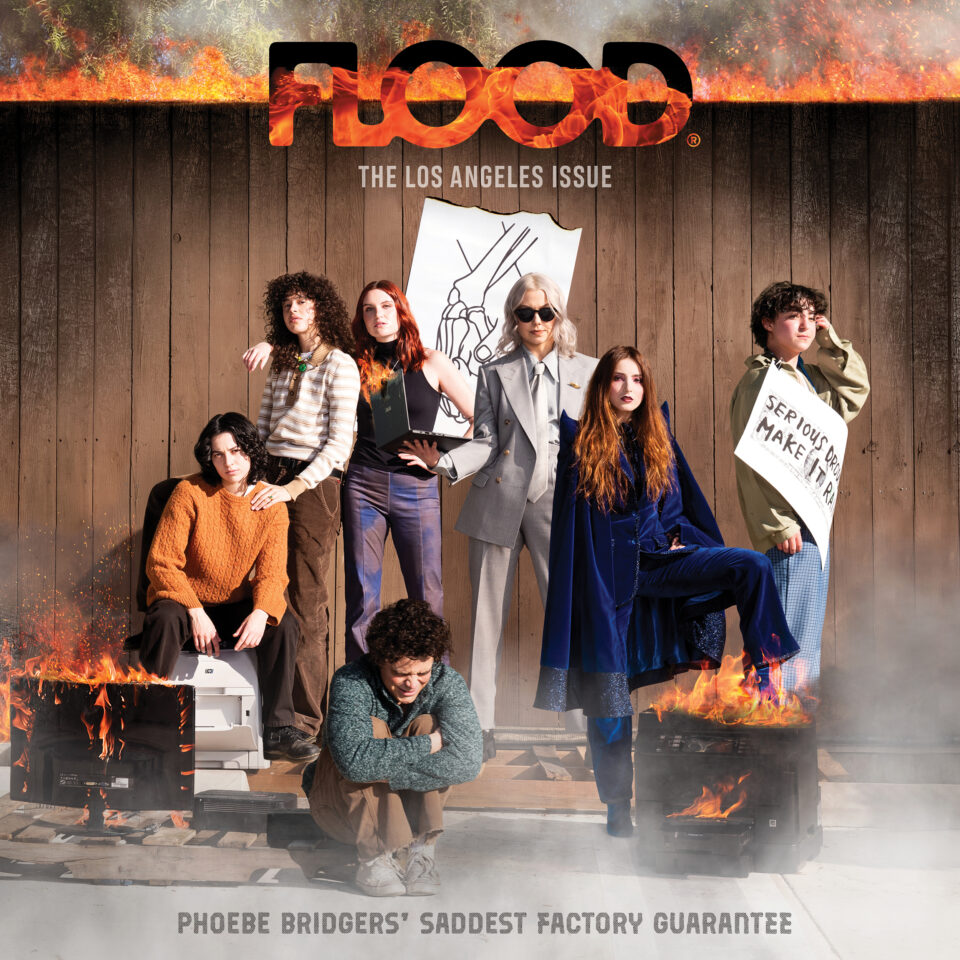
Photo by Michael Muller. Image design by Gene Bresler at Catch Light Digital. Cobver design by Jerome Curchod.
Phoebe Bridgers makeup: Jenna Nelson (using Smashbox Cosmetics)
Phoebe Bridgers hair: Lauren Palmer-Smith
MUNA hair/makeup: Caitlin Wronski
The Los Angeles Issue

Clipse, Let God Sort Em Out
Paired with familiar high-gloss minimalism courtesy of producer Pharrell Williams, Pusha T and Malice’s first album in 16 years stands up fairly well as an assured re-up of their rap powers.

Nilüfer Yanya, Dancing Shoes
A follow-up to last fall’s full-length, this four-song EP sees the London-based songwriter strengthening her case for pop-chart status while continuing to prove that that’s not her goal.

Goon, Dream 3
Both brighter-eyed and harder-hearted, the LA quartet return with a third LP of full-bodied psych-shoegaze which settles deeply into Kenny Becker’s cataclysmic transitional life period.
Josh Hurst
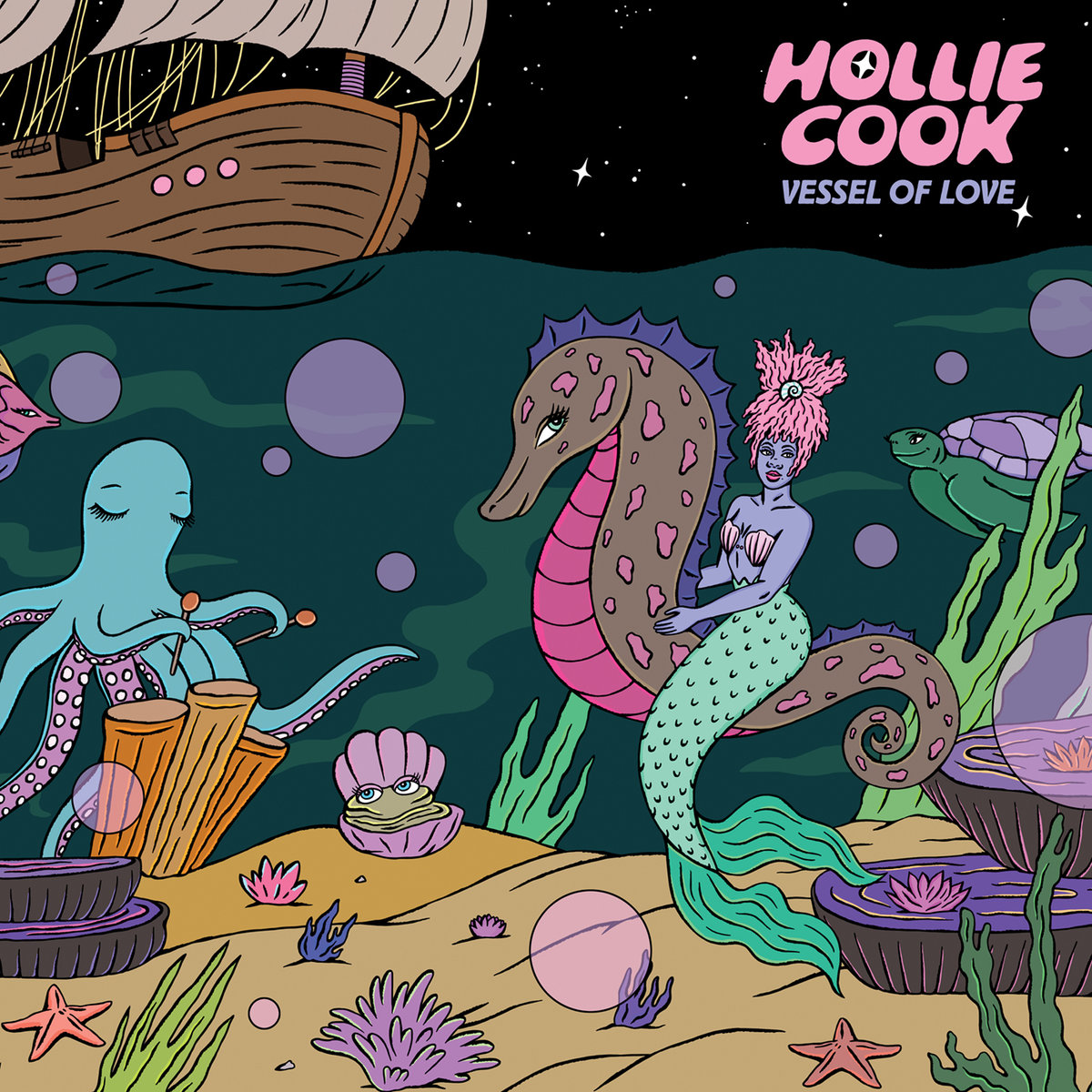
“Vessel of Love” feels modest and small-scale—the work of a self-possessed singer who’s inspired by tradition but never beholden to it.
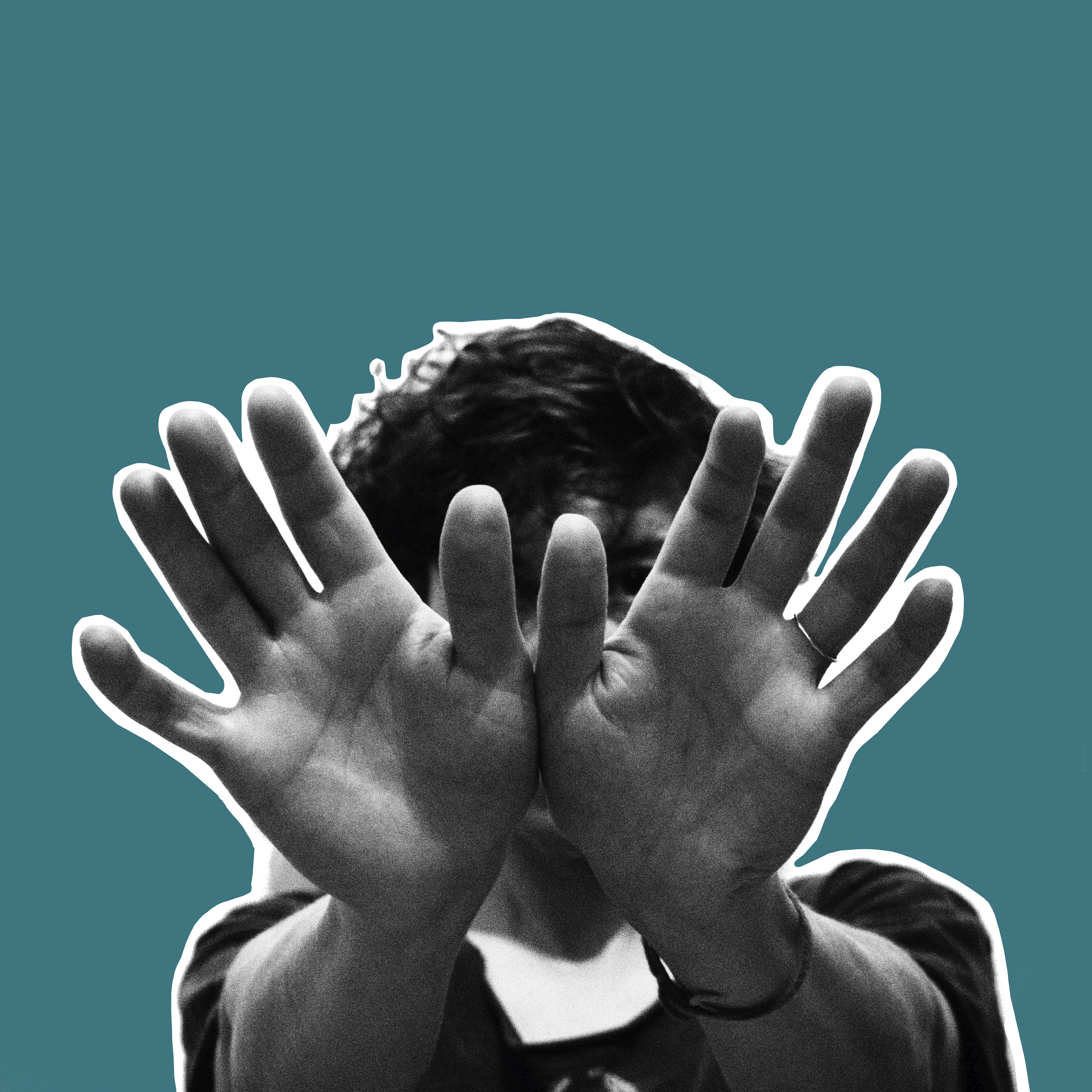
Merrill Garbus’s latest LP doubles down on hooks and polished mainstream sheen without actually jettisoning any of her quirks or peculiarities.

Nico Segal’s Chicago quartet is exploring what jazz music can and should be in 2017.
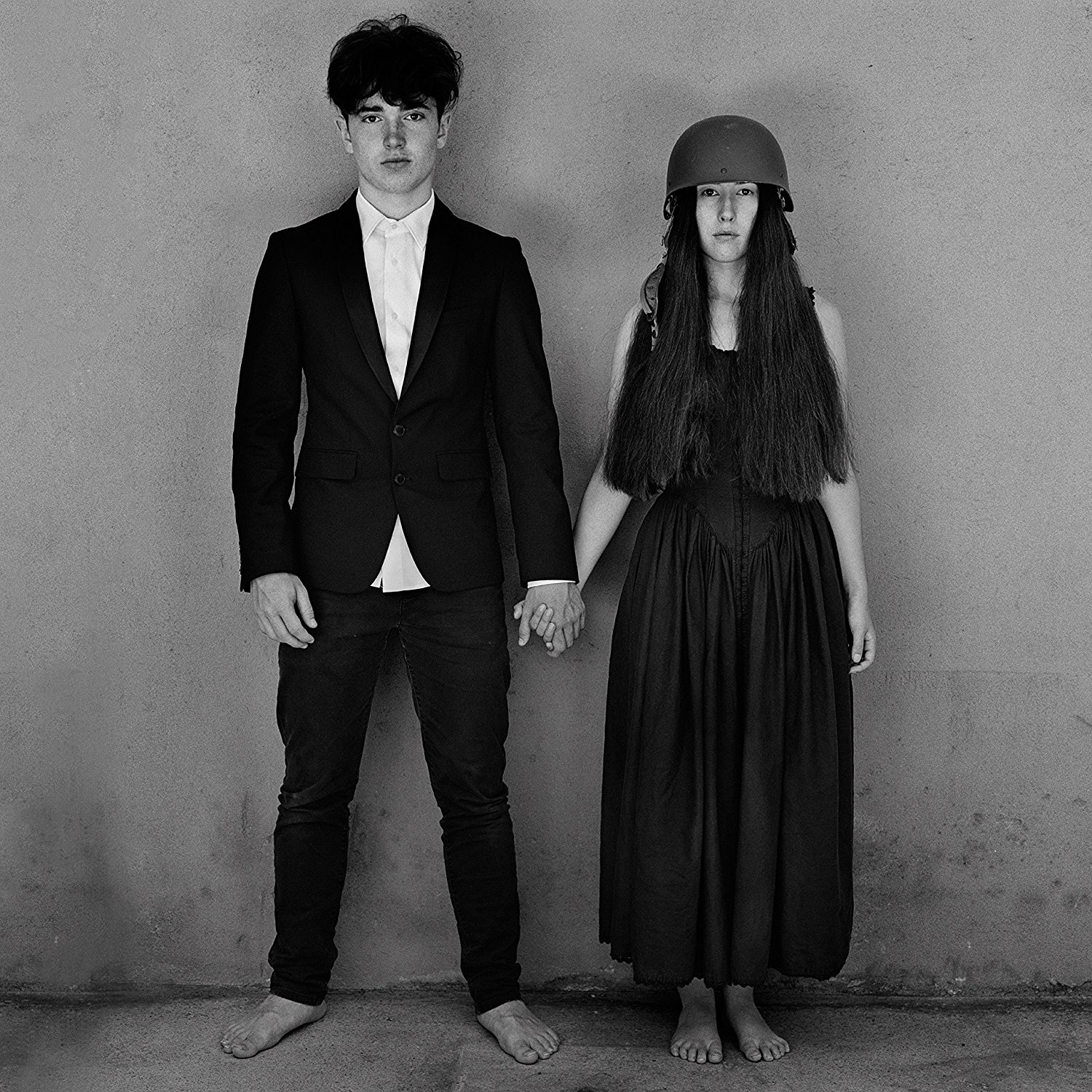
At fifty-seven, Bono remains weirdly obsessed with charting a song on the radio, and hopelessly committed to the idea that rock and roll can still change the world.

Mavis Staples isn’t one to brandish a song like a weapon—not when she’s so good at disarmament—and here she aims to melt swords into plowshares through the cosmic force of neighborly love, wild empathy, and intentional optimism.

“Take Me Apart”‘s tension between sleek, modern sound and beating-heart humanity reveals what’s always been great about R&B: that it wears its emotions on its sleeve and provides a conduit for deep feeling.
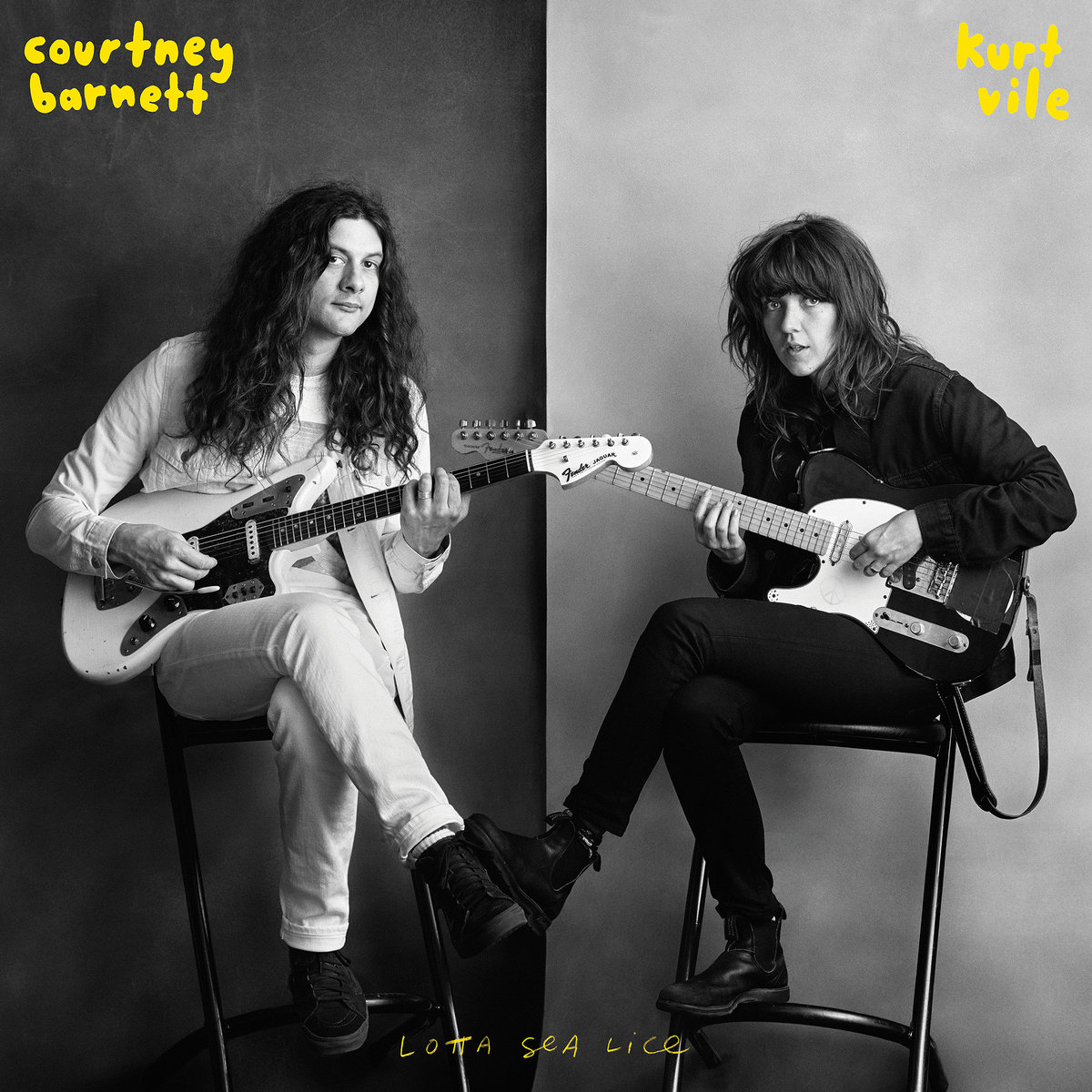
The songs of Barnett and Vile are deliberately gnarled and unkempt, and never sound nearly as fussed-over as they probably are.
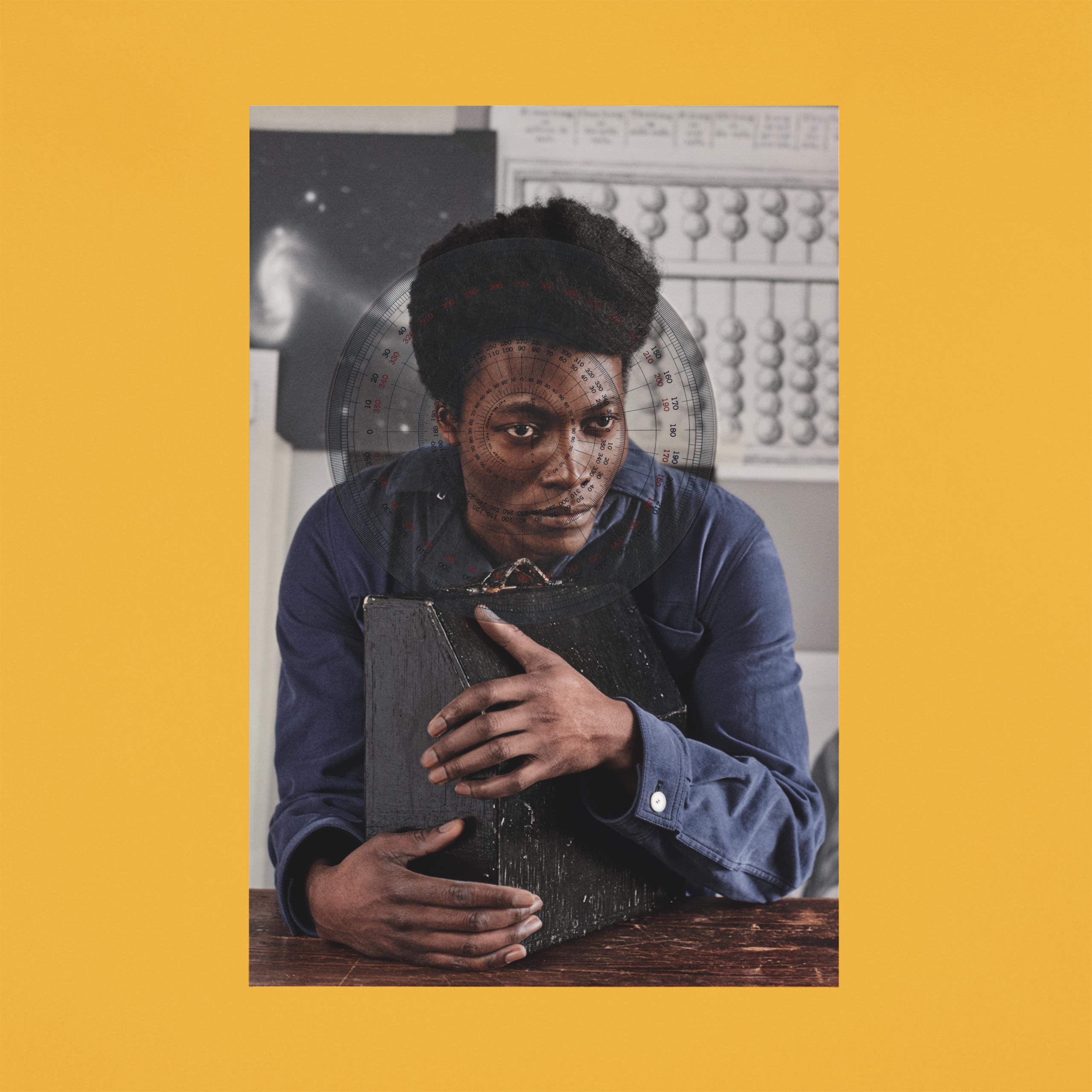
On his second album, the Mercury Prize winner is a big star and a total alien on a pilgrimage through hostile lands.
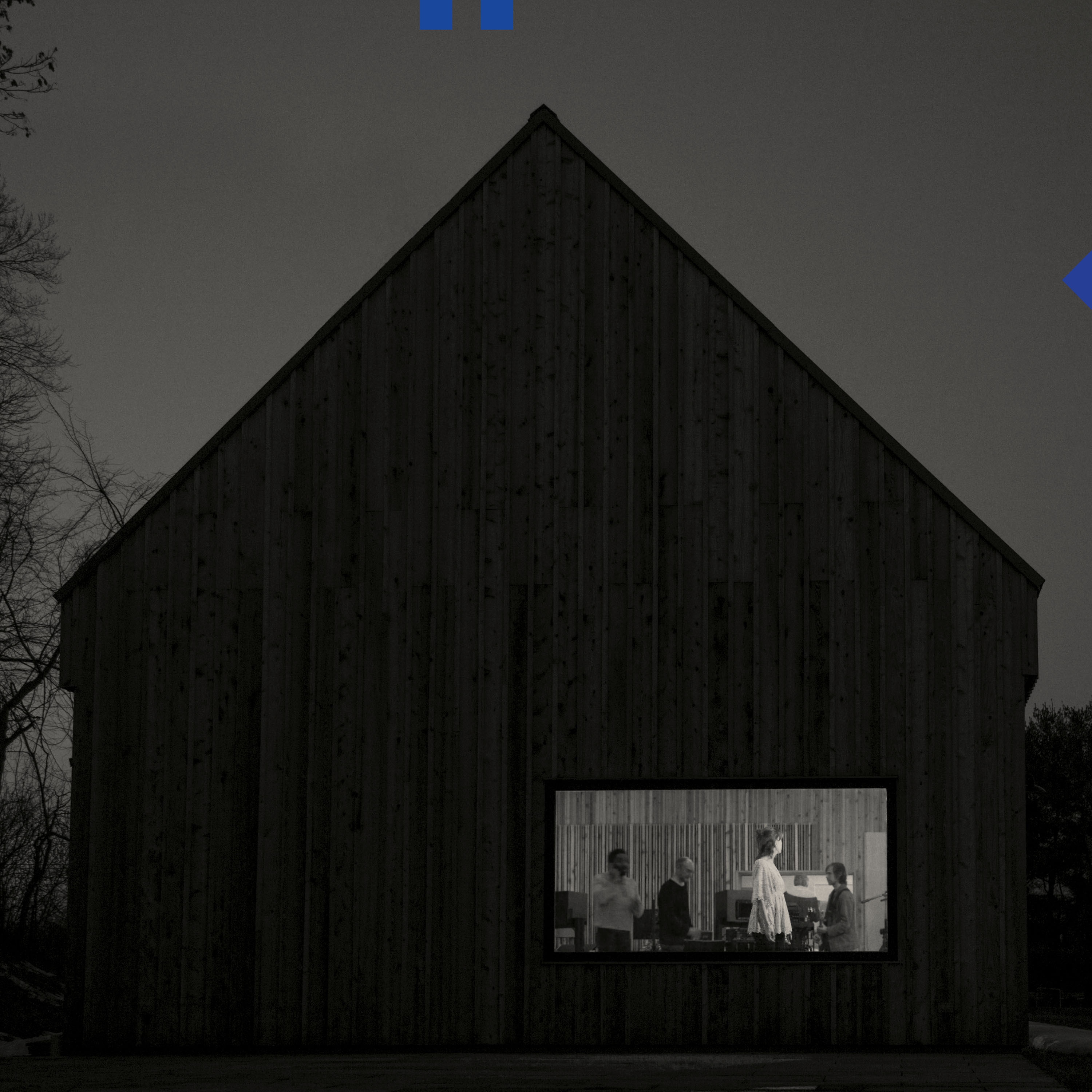
By keeping it low-key, the stakes on The National’s new album somehow seem even higher.
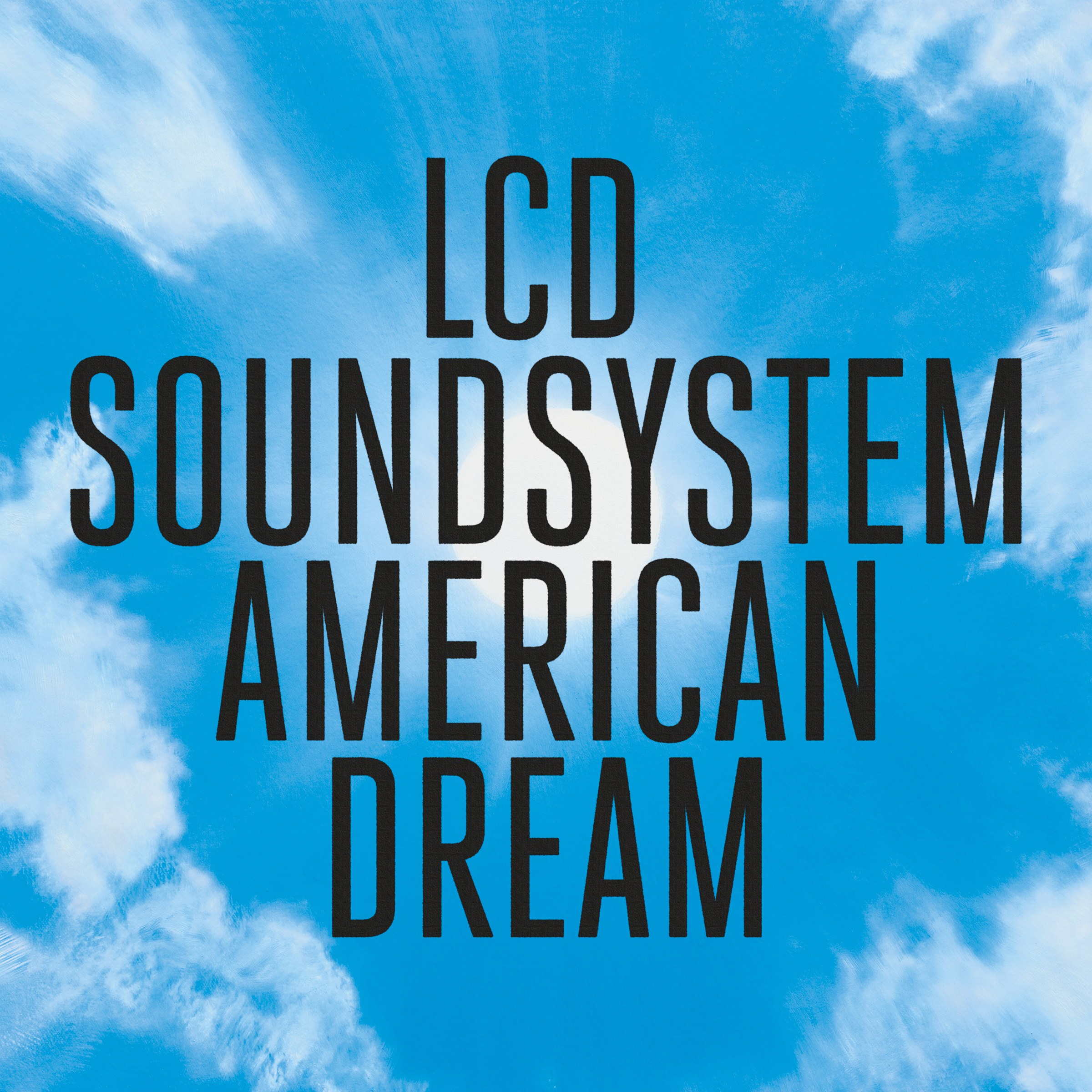
Seven years after “This is Happening,” James Murphy remains unparalleled at building slow-burn epics from all the fun bits of his record collection.
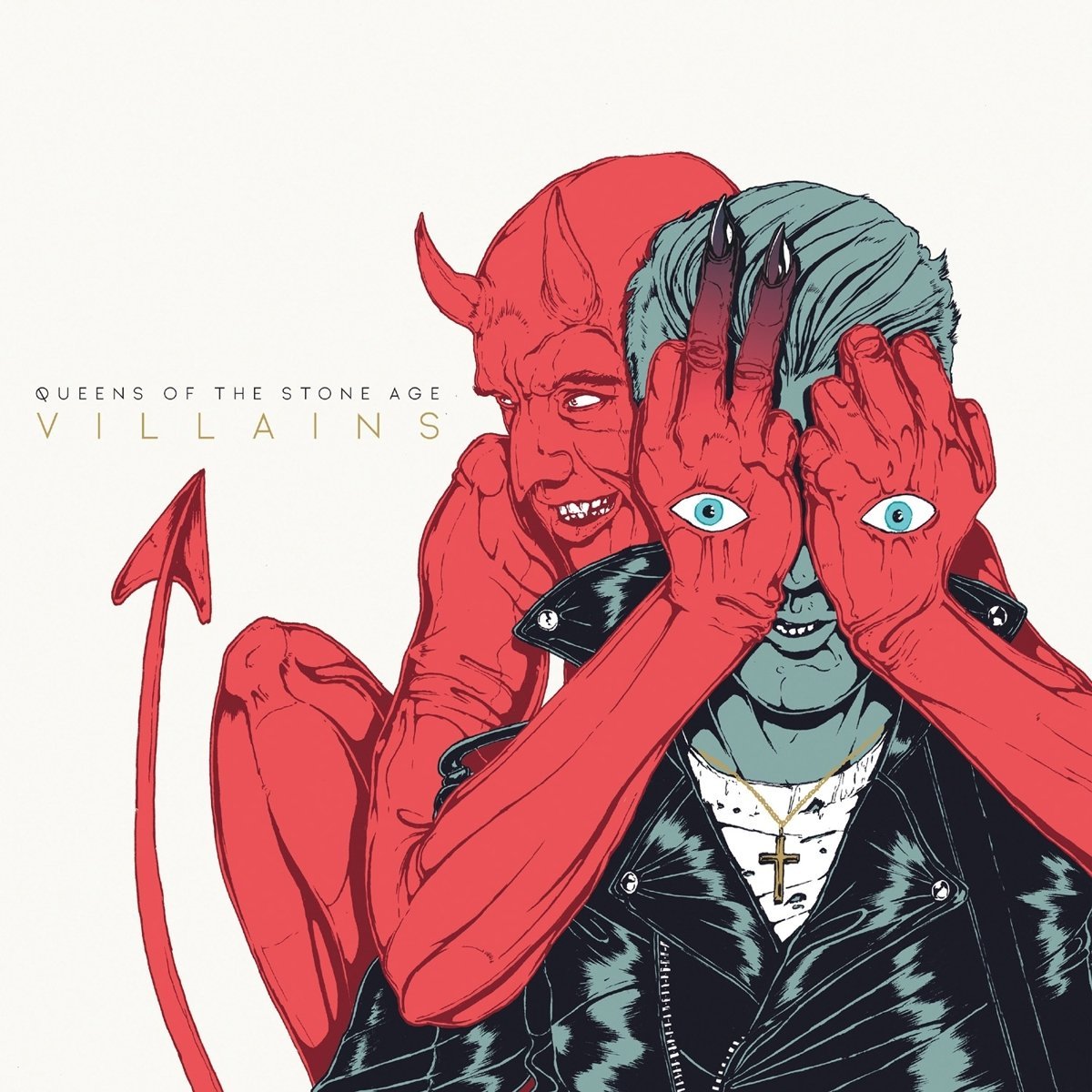
It’s another great Queens of the Stone Age record that’s simultaneously of a piece with the others and distinct in its character and identity.
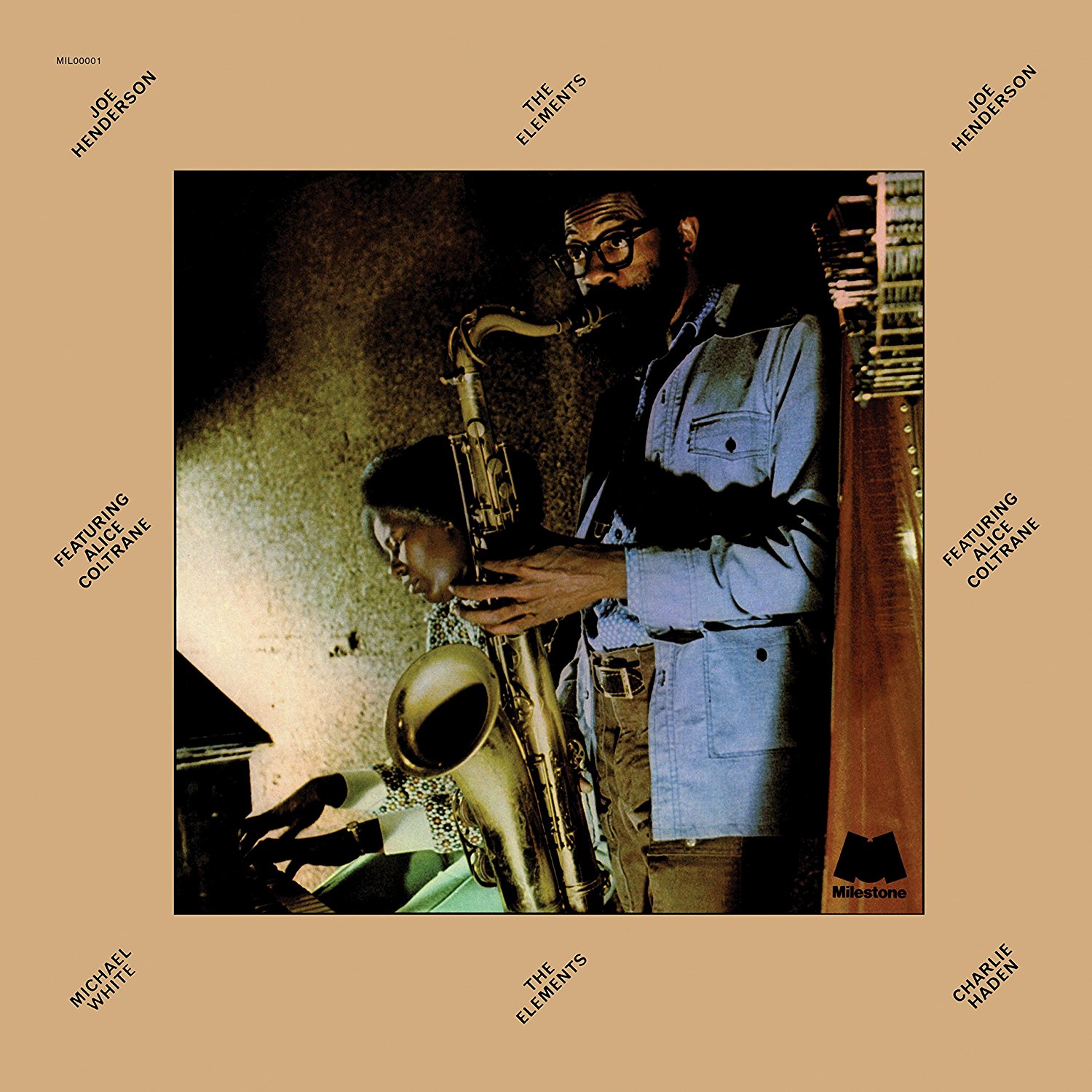
For as much as the spiritual jazz movement of the 1970s reached for the stars, the great triumph of “The Elements” is how earthbound it feels.
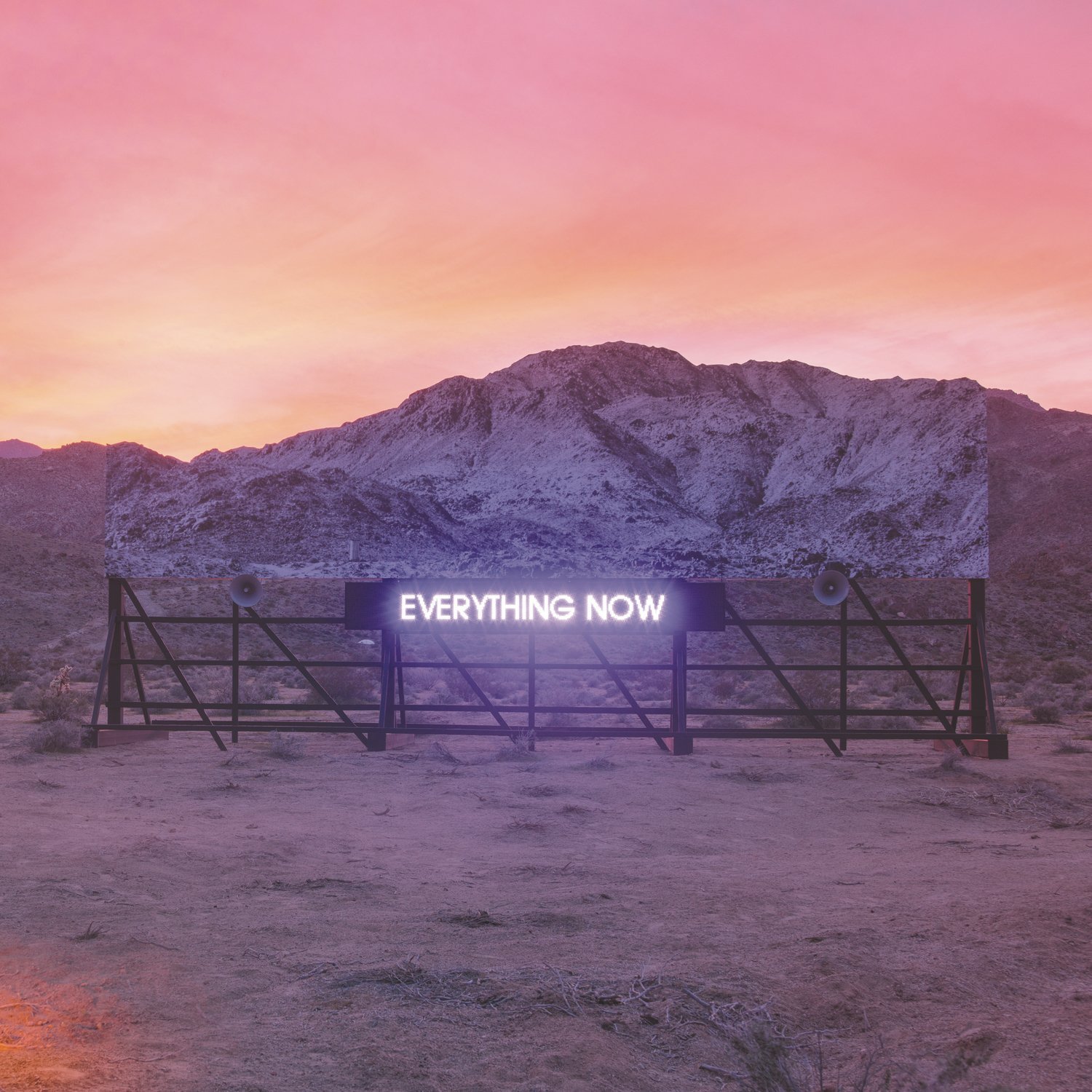
On paper, “Everything Now” is the dourest of any Arcade Fire album, a significant achievement for a group whose debut album is called “Funeral.”

Is Big Boi underrated?

This band does delicate beauty so well that the stand-out moments of “Crack-Up” tend to be the ones where they let their hair down a bit.

These are songs that feel like they’re reaching for something; songs that sound like invocations.
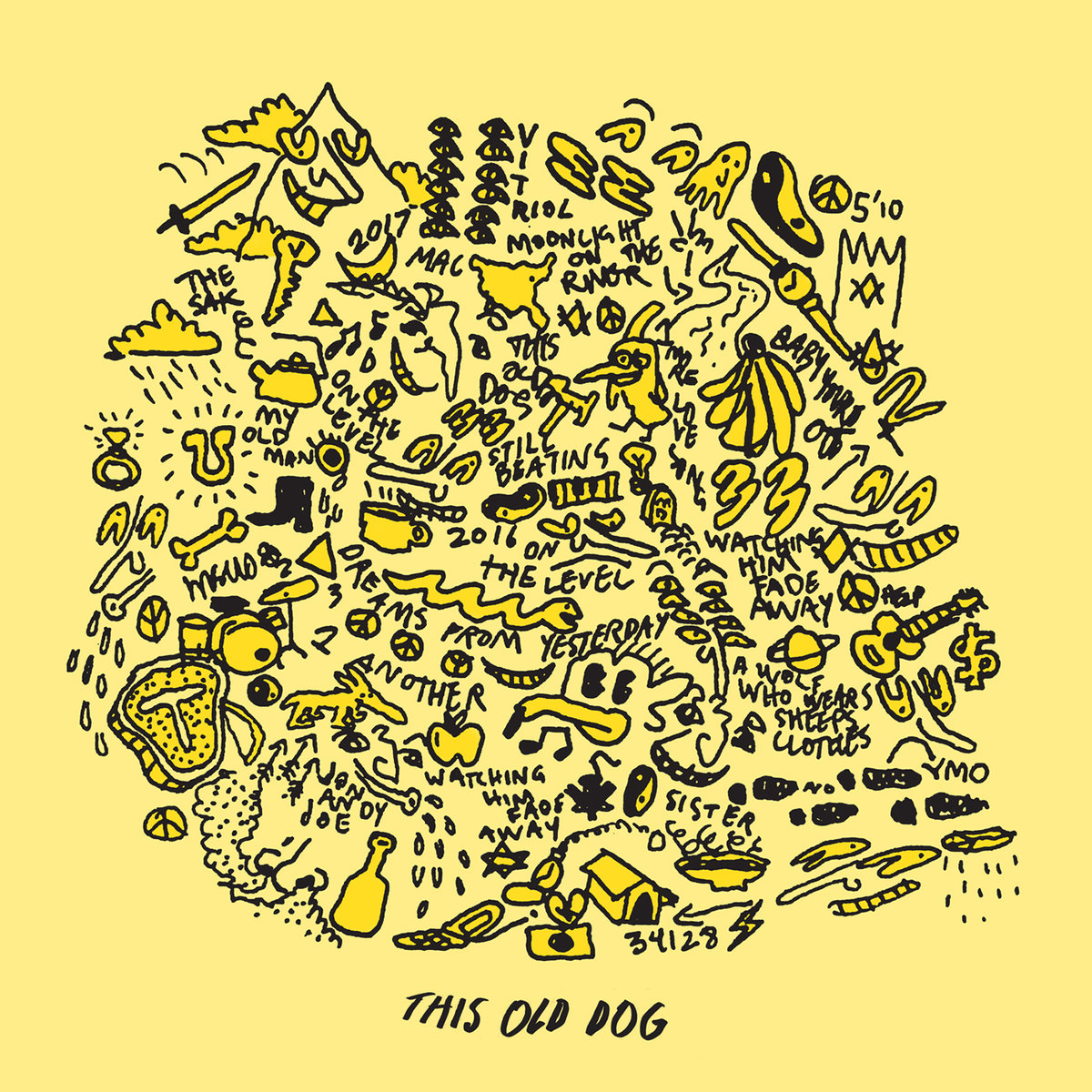
On his third full-length, DeMarco pits the innately good-natured, easy-going tone of his music against a hint of sorrow in his lyrics.
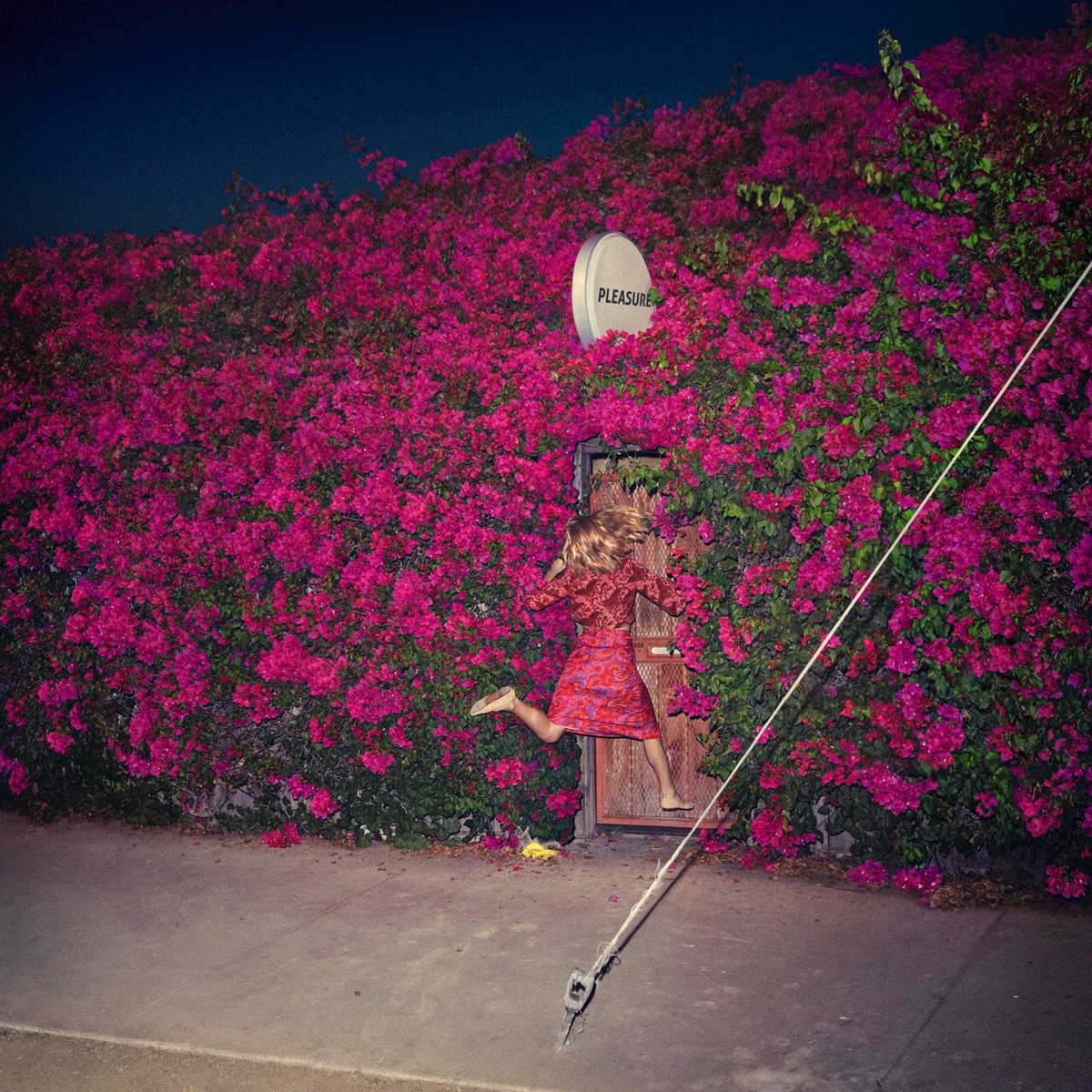
Leslie Feist is casually virtuosic and quietly adventurous throughout her first record in six years, though you never get the sense that she’s pushing things just to push.
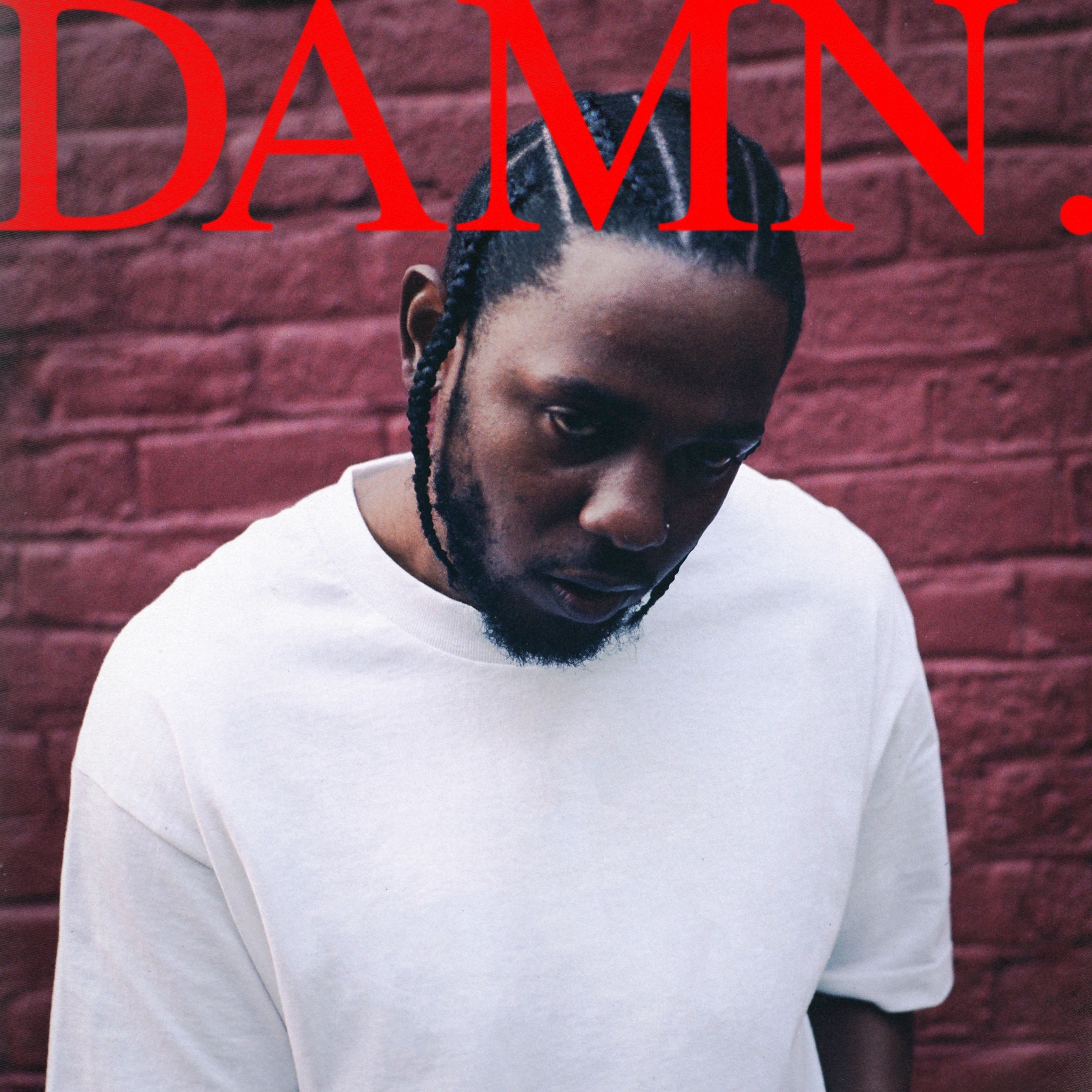
“DAMN.” bears our struggle and triumph, swagger and fear, success and uncertainty, love and original sin.
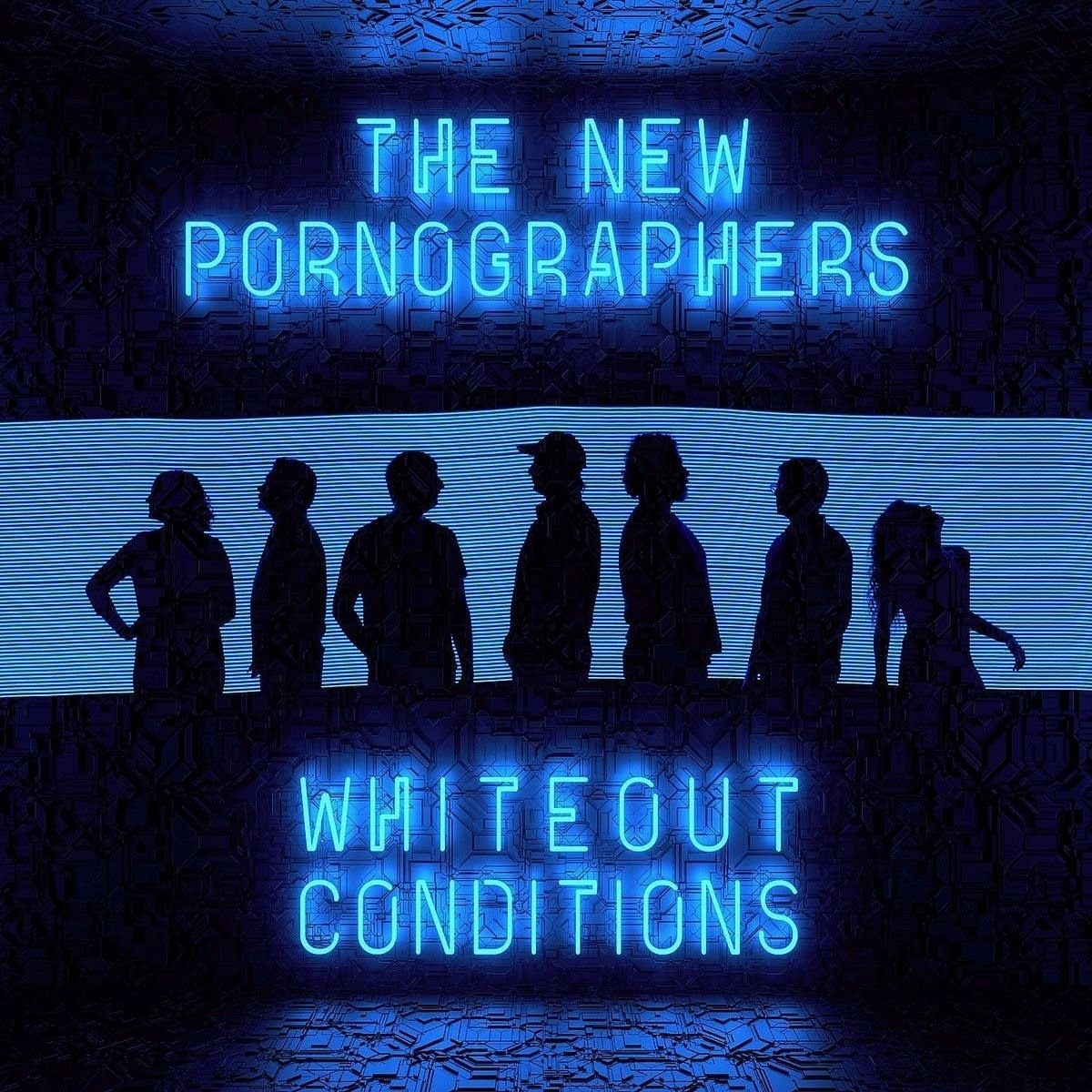
Nothing here wants for hooks or for energy, but the songs on The New Pornographers’ seventh album all seem flat somehow.

